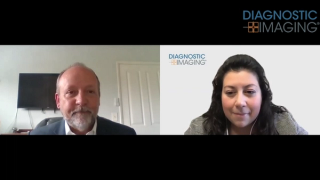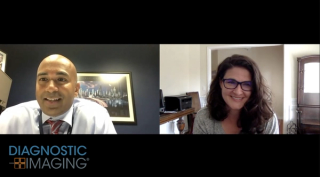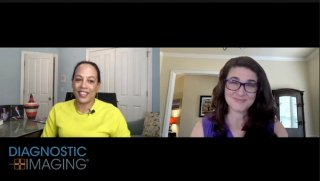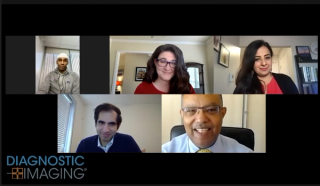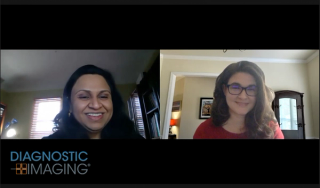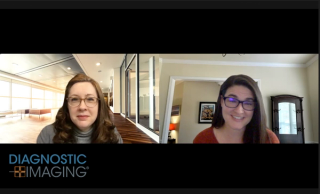
Oncology CT
Latest News


FDA Clears Dual-Head SPECT/CT System with Deep Learning Image Reconstruction
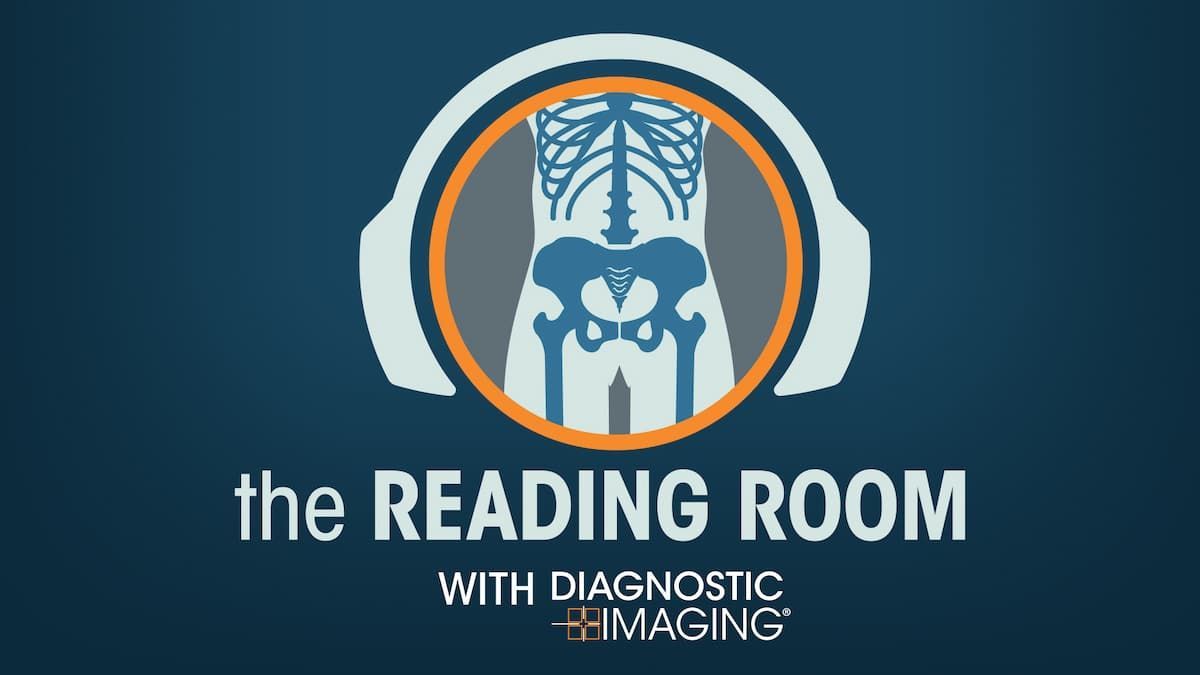
The Reading Room Podcast: Current Insights on Recent Research About Radiation-Induced Cancers with CT Scans, Part 2
Latest Videos

More News

Catch up on the most well-viewed video interviews from Diagnostic Imaging in April 2025.

Catch up on the top AI-related news and research in radiology over the past month.

For elderly patients with lung cancer, a preoperative CT-based coronary artery calcium score > 40 was associated with a 53 percent higher risk of all-cause mortality after surgery, according to new study findings.

In a recent interview, Syam Reddy, M.D., discussed the rising incidence of colon cancer and a clinical pathway resource with Radiology Partners that facilitates the integration of computed tomography colonography (CTC) into radiology practice.

Catch up on the top radiology content of the past week.

Recently published research projected that 103,000 future cases of radiation-induced cancer would result from 93 million computed tomography (CT) exams performed in the United States in 2023.
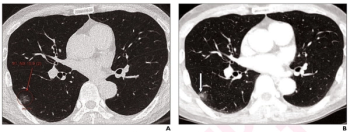
In comparison to radiologist assessment, the use of AI to pre-screen patients with low-dose CT lung cancer screening provided a 12 percent reduction in mean interpretation time with a slight increase in specificity and a slight decrease in the recall rate, according to new research.

In a recent interview, Rebecca Smith-Bindman, M.D., offered key insights on new research examining the link between computed tomography scans and projected future cases of radiation-induced cancer.
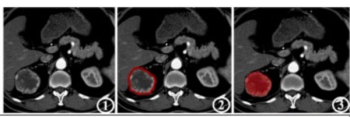
In comparison to a model based on clinicopathological risk factors, a CT radiomics-based machine learning model offered greater than a 10 percent higher AUC for predicting five-year recurrence-free survival in patients with non-metastatic clear cell renal cell carcinoma (ccRCC).

Catch up on the top radiology content of the past week.
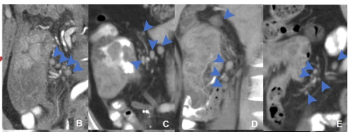
For patients with microsatellite instability-high colon cancer, distribution-based clinical lymph node staging (dCN) with computed tomography (CT) offered nearly double the accuracy rate of clinical lymph node staging in a recent study.

Catch up on the top radiology content of the past week.
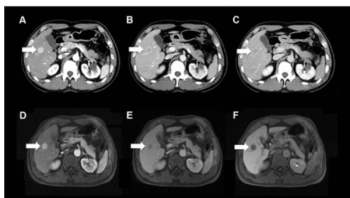
LI-RADS category 5 (LR-5) assessment had an 11 percent higher AUC for detecting hepatocellular carcinoma (HCC) in patients with non-cirrhotic chronic hepatitis C (CHC) in comparison to those with cirrhotic CHC.

Catch up on the top radiology content of the past week.
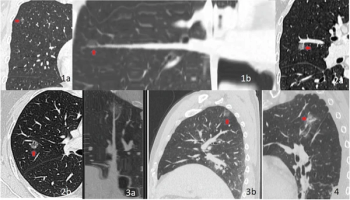
The cLung-RADS v2022 model offered a greater than 16 percent increase in the AUC in comparison to Lung-RADS 1.0 and Lung-RADS v2022 systems for predicting the invasiveness of pure ground-glass nodules.

The Naeotom Alpha class of photon-counting computed tomography (PCCT) scanners emphasize significantly reduced scan times and enhanced detection of small abnormalities.

Catch up on the top radiology content of the past week.
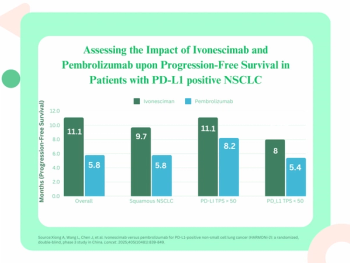
The use of ivonescimab was correlated with a median 5.3-month improvement in progression-free survival (PFS) over pembrolizumab in patients with PD-L1 positive non-small cell lung cancer, according to CT and MRI findings from a phase 3 randomized multicenter trial.

In a comparative study of staging systems for hepatocellular carcinoma, the Barcelona Clinic Liver Cancer (BCLC) system offered the highest likelihood ratio (LR) and lowest Akaike information criteria (AIC) for predicting overall survival after transarterial chemoembolization (TACE) for hepatocellular carcinoma.
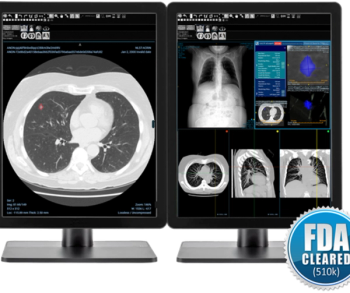
The F.A.S.T. aiCockpit CT Lung Nodule reportedly facilitates enhanced CT workflow and automated reporting for evaluation of lung nodules

Catch up on the top radiology content of the past week.

In patients who had at least four cycles of 177Lu-PSMA-I&T for mCRPC, new research shows that a 10 percent or greater decrease in total kidney volume on CT at six months has a 90 percent AUC for predicting estimated glomerular filtration rates (eGFRs) of 30 percent or greater at one year.

Catch up on the top radiology content of the past week.

For the assessment of contrast-enhanced abdominopelvic CT exams, an artificial intelligence model demonstrated equivalent or better sensitivity than radiologist readers, and greater than 90 percent specificity for the diagnosis of colorectal cancer.

A high intermuscular adipose index has a 49 percent increased likelihood of being associated with lower overall survival in patients with resectable non-small cell lung cancer (NSCLC), according to new research.



